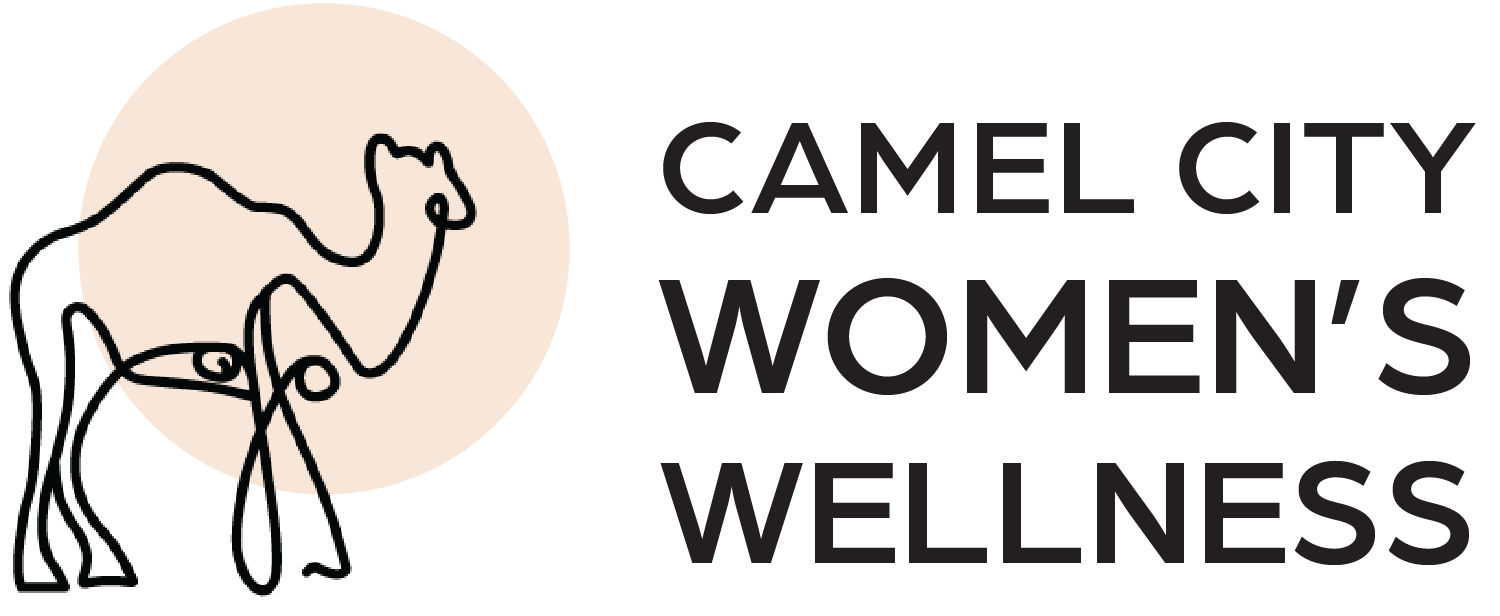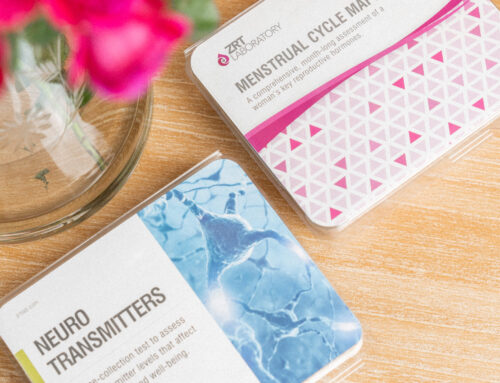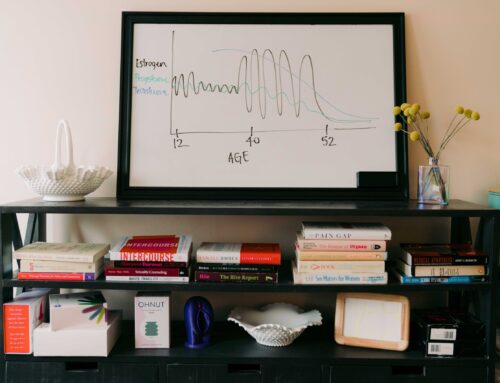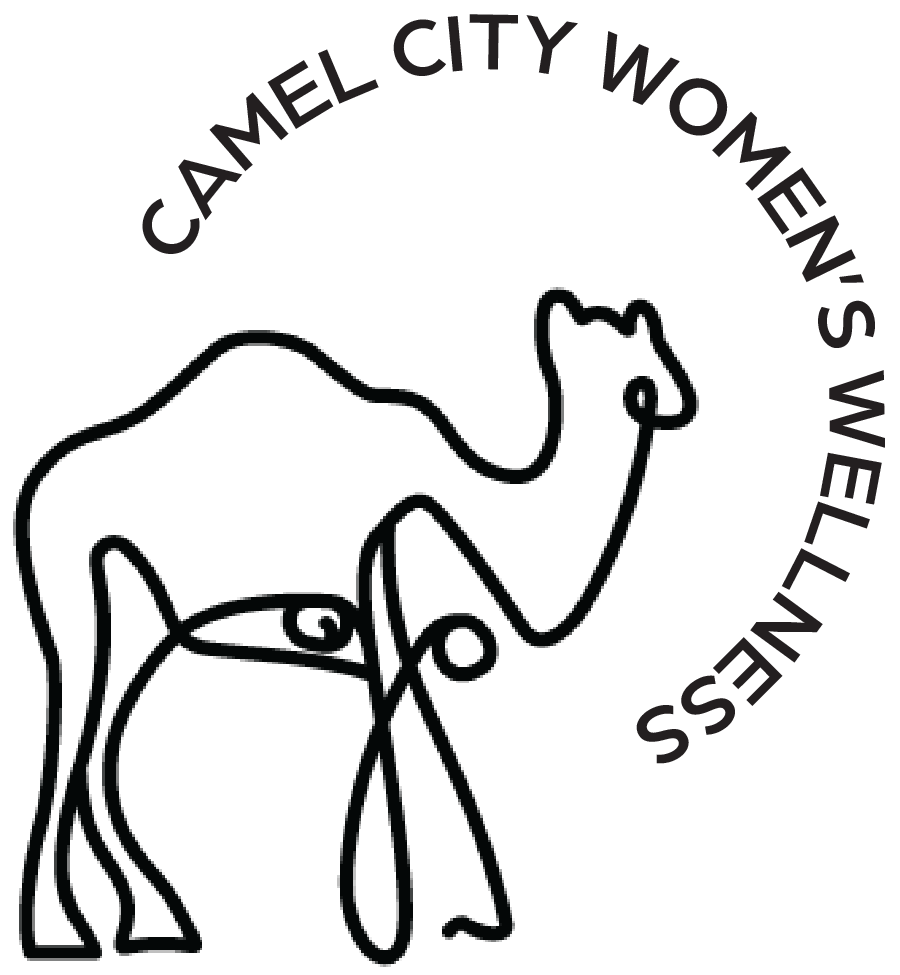Natural Family Planning or Fertility Based Awareness Method have many benefits including they are a holistic contraception method and they create an understanding of your own unique hormone patterns. When a woman understands her own unique hormone patterns, she can recognize when there may be an imbalance present whether she is trying to achieve a pregnancy or not. In fact, this is the best way to uncover imbalances, not blood tests, saliva tests, or DUTCH tests.
There are many methods of cycle tracking and you may know them as the Creighton Method, rhythm method or symptothermal methods (the method Natural Cycles was developed after). These methods vary in the type of symptoms they track to understand when peak fertility happens. They may use timing of menses, cervical mucous, cervical position, basal body temperature, or any combination of those. The Marquette Method uses qualitative measurements of LH and estrogen measured at home through the ClearBlue Fertility Monitor plus or minus any of the other symptoms mentioned previously. In early 2022 I was introduced to the Marquette Method. I actually was not interested in using it for fertility tracking (or in the NFP world “to achieve or avoid a pregnancy”), but because I wanted a tool to help women track their hormones at home. I had already been working in the peri/menopausal space, a time of hormone chaos, and I wanted something to help my patients! In late 2023, I started a natural family planning course at Marquette University so I could learn the ins and outs of this type of cycle tracking. Unique to the Marquette Method, this NFP method has been studied in women with irregular cycles such as those who are breastfeeding, those with PCOS, and those in perimenopause. I thought this is a perfect tool for my patient population!
Insert: Mira hormone tracker. Mira measures hormones in a quantitative matter. In other words, it tells us an absolute numerical value. This helps draw a clearer trend and pattern of hormones. At present, Mira has the potential to measure estrogen (E3G), progesterone (PdG), LH, and FSH. The ClearBlue Fertility Monitor that was designed alongside the Marquette Method Protocol monitors a qualitative measurement of hormones. In other words, it tells us if the hormone is present in low, high, or peak fertility levels. Furthermore, the ClearBlue Fertility Monitor only measures LH and estrogen. Neither monitor is necessarily better than the other, it really just depends on what your goals are for hormone tracking. Like I mentioned, only the ClearBlue Fertility Monitor has been thoroughly researched and developed alongside the Marquette Method. If you are wishing to use the Marquette Method as the protocol is written, you would use a ClearBlue Fertility Monitor alongside working with a Certified Marquette Method NFP instructor. However, my preference for my patients who are wanting to achieve pregnancy is to use the Mira tracker.
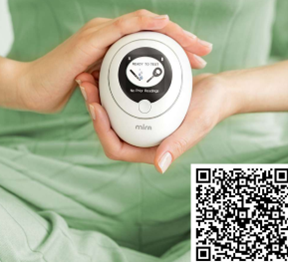
(QR code gets you a nice discount!)
You can also use discount code CSALDANHA15
So how does it work? This is an egg-shaped device that you have at home. It measures hormones in the first morning urine (after at least 4 hours since your last void). You dip the hormone stick in the urine for 10-20 seconds, and then insert the hormone stick into the egg shaped device. Depending on which stick you use, it can take 16 to 21 minutes to give you your results. These results show up on the device, but they also automatically sync to an app on your phone. You can clearly see the numerical value, the trends of your hormones, and also get some insight from Mira as they have a lot of educational resources imbedded in the app. If you are working with a clinician who knows how to use Mira, you can also link into their dashboard so that they can follow along with you.

Mira is not just a fertility tracker. I have used Mira to understand patterns in perimenopause, PCOS, and PMDD. I have used Mira in women who are not getting a period because of an IUD, they had a hysterectomy, or they had an ablation, to understand if their ovaries still having some hormonal fluctuations. Since these women don’t have a period, it is almost impossible to cycle or hormone track in the classical sense.
Women do not need to be interested in understanding their fertility to benefit from hormone tracking!
Pro-tip: If you are post-menopause, your hormones are no longer fluctuating and therefore you would not benefit from hormone tracking with Mira.
If you are also interested in tracking symptoms alongside your urinary hormones, there’s a place to do that in the Mira app but it is somewhat limited. If you’d like a more inclusive list geared towards perimenopause, access my hormone tracking chart here.
